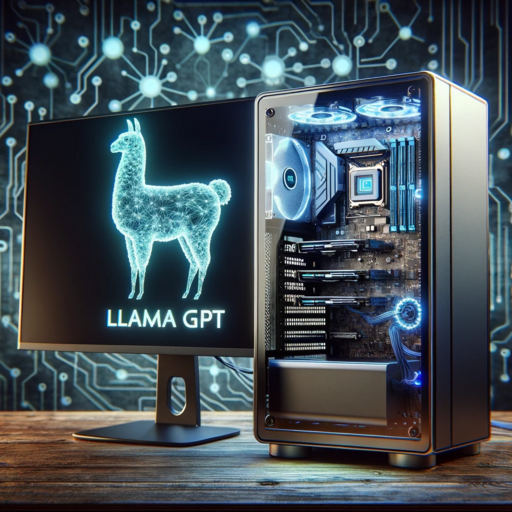Mastering the Llama: Unleashing the Power of Self-Hosted AI with Llama GPT
In the vibrant realm of artificial intelligence and machine learning, the democratization of technology has been a game-changer. The latest buzz in the tech community is about Llama GPT, a free, open-source alternative to ChatGPT that enthusiasts can self-host. For those of us who relish the control and customization that comes with running software on our own machines, Llama GPT is like a beacon in the AI space.
I recently decided to bring Llama GPT into my personal fold. There’s something incredibly satisfying about hosting such powerful technology locally. Llama GPT offers a range of model sizes to cater to different needs and capacities, and I opted for the 13B version, with a model size of roughly 7GB.
The prerequisite for running Llama GPT on Linux is Docker, which aligns perfectly with the setup on my Intel Xeon E5 2670v3-powered workstation. As I’ve shared in a previous blog post, my system sports 12 cores and 24 threads, a configuration that one would presume quite capable of handling a large language model.

However, my initial enthusiasm met with a challenge. The response times were sluggish, averaging around a minute per response. This was a stark contrast to the snappy interactions I've had with the online ChatGPT.
Quality-wise, the responses from the 13B model of Llama GPT didn't quite measure up to the standards set by GPT-4, which wasn't entirely surprising. The 13B model is a mid-tier offering, and I hadn't sprung for the massive 70B model, which requires a daunting 41GB of system RAM.
In search of a benchmark, I stumbled upon a free online version of the 70B model. However, this service appeared to have a cap on the number of words per interaction, which made a head-to-head comparison with GPT-4 challenging.
This experience got me thinking about the trade-offs between self-hosted and cloud-based AI models. Self-hosting offers several advantages, like data privacy, no API costs, and the freedom to tweak the system to your liking. But it also comes with its own set of challenges, such as the need for significant computational resources and the potential for slower response times, as I learned firsthand.
To give you a better idea, running a 13B model like Llama GPT is no small feat. It requires not only a powerful processor but also a substantial amount of RAM. While my Xeon processor is no slouch, AI model inference speed depends heavily on parallel processing capabilities, something that's inherently optimized in cloud-based solutions like ChatGPT, which run on specialized hardware designed for high-performance computing tasks.
Furthermore, the sheer size of these models and the resources they require to run smoothly means that self-hosting is often not as cost-effective or energy-efficient as using a cloud service. Cloud providers can leverage economies of scale, deploying thousands of optimized processors to serve millions of users, which individual self-hosters simply can't match.
Despite these hurdles, the allure of a self-hosted AI model remains. For hobbyists and tinkerers, it's an exciting prospect to have your own AI that you can interrogate and interact with on your terms, without sending data across the internet. It's a sandbox for experimentation and learning that aligns with the ethos of DIY and hands-on discovery.
But it's essential to manage expectations. As of now, self-hosted AI models like Llama GPT serve more as educational tools and proofs of concept rather than competitors to established cloud-based services. They offer a glimpse into the inner workings of language models and allow enthusiasts to experiment with AI on their terms.
To wrap up, while my experiments with Llama GPT may not have delivered the speed and quality of ChatGPT, they've provided invaluable insights into the capabilities and limitations of self-hosting large-scale AI models. For those in the embedded development and IoT community, it's a reminder of the exciting possibilities and the practical considerations that come with the territory of cutting-edge tech. It’s a balancing act between the thrill of self-hosting and the performance of cloud-based services—a decision each of us in the community will weigh based on our individual needs and curiosity.